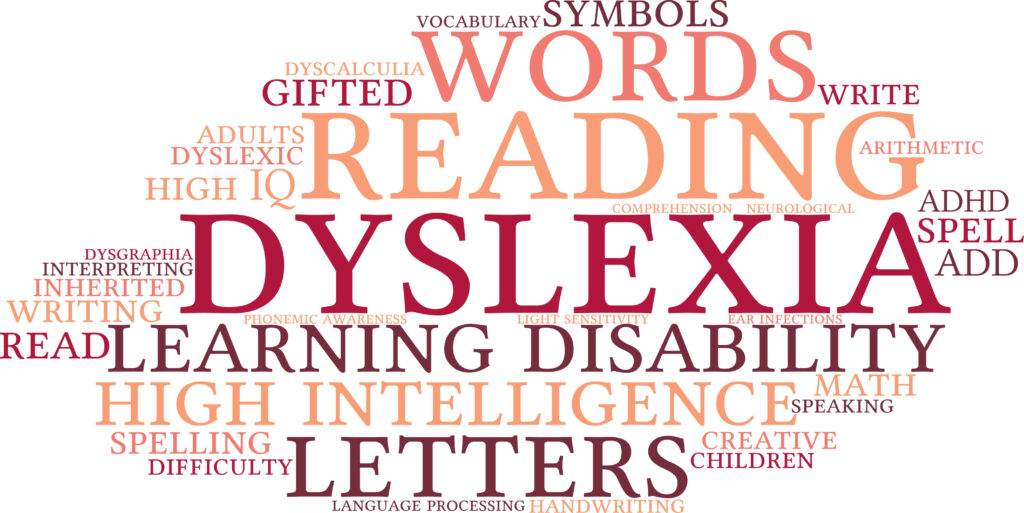
The term ‘learning difficulties’ (also known as ‘Specific learning difficulties’ or SpLDs) is quite broad – covering conditions such as dyslexia, dyspraxia and dyscalculia as well as attention deficit disorder (ADD) and attention deficit hyperactivity disorder (ADHD).
Most experts, as well as people with a learning difficulty themselves, prefer the term ‘specific learning difficulty/difference’ or ‘neurodivergence’ as this correctly implies difficulties confined to just one or two specific areas.
Do not get confused between the terms ‘learning disabilities’ and ‘learning difficulties’. Learning difficulties (such as dyslexia or dysgraphia) are not related to reduced intellectual ability and it is important to make this distinction.
Dyslexia
Probably the most well-known specific learning difficulty, we have a guide to help you <learn more about dyslexia>.
Dysgraphia
Dysgraphia is characterized by a difficulty with handwriting. This difficulty is more than simply “untidy” writing; it affects peoples’ ability to write effortlessly. The act of handwriting demands a complex set of fine motor skills which have to be coordinated with information processing. For people with dysgraphia, writing legibly remains elusive (if not impossible), and this worsens when people are placed under time pressure.
Many people with dysgraphia are able to write, but this requires a higher than usual degree of concentration and working memory. Written work is often; very poorly formed, difficult to read, a mixture of cursive and block letters, not on the line, with letters of varying sizes and not presented according to convention (for example work may be right hand justified, rather than left hand justified).
Dysgraphia can sometimes cause physical pain and often limits a person’s ability to express their thoughts when writing, which makes it difficult for people to achieve their potential.